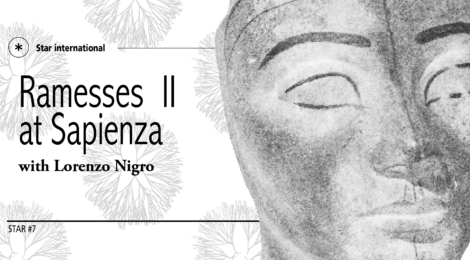
Ramesses II at Sapienza
The museum of the Near East, Egypt, and the Mediterranean is a unique place full of artifacts where you can lose yourself in the cultures that have shaped the history of our civilisation. But also a place of research and scientific production. A place where archaeology and hard sciences such as chemistry, physics, and life sciences found ground field. But also, the technology, thanks to which a faithful reproduction of the embalmed body of Ramses II was created, the central piece of the exhibition is now on display at the museum. We talk about this and the numerous archaeological missions of Sapienza with Lorenzo Nigro archaeologist and full professor at the Sapienza University of Rome.
What is the history of the museum?
This is a museum that is many years old. It was born after the war to two great founders: Sergio Donadoni and Sabatino Moscati. Scholars in the Orientalist field both dedicated themselves to opening Sapienza to research that was carried out in Egypt and the Near East, carried out in a new and post-colonial perspective, that is, in collaboration with the states where the missions were located. Research activities in this area have become increasingly numerous and essential. They have received gifts, materials to exhibit, study, and replicas, some of which are very important and make up the collection you can observe nowadays. The museum allows you to see the history of the Near East and Egypt with the critical feature that all the exhibits are in one large room. It has been like this since 2015 when, thanks to the will of the rector Luigi Frati, a new location for the museum was chosen. The decision to use the white color for the room is not accidental but serves to bring out the warm colour of the finds and the choice to have an open space to see several civilisations that have lived together. In this way, it is easier to understand how all these cultures lived together and how they exchanged input. This same understanding is not possible in colonial museums full of masterpieces, such as the Louvre or the British Museum, where one does not have the time to visit multiple rooms and, therefore, multiple civilisations.
What kind of activities are carried out inside the museum?
This is a museum where students and PhD students come to study, and a lot of interdisciplinary research is also done. The hard sciences, such as chemistry, physics, and life sciences, are fundamental. For example, organic material, the recognition of DNA, and the tracking all living things provide extraordinary information. Here we do a bit of everything from research to outreach activities. We organise various events, on average a large exhibition a year plus countless other events of a scientific and popular nature. The museum participates in the night of museums in the museum May, and I must say that it is always on the crest of the wave. Furthermore, numerous schools are received here. Children much love the museum, and this is a great joy for me because elementary school children represent those seeds that we plant and will be in this university one day when they blossom.
How was the exhibition “The mummy of Ramses – the immortal pharaoh” created?
The exhibition is the result of joint work between various professionals. We worked with the Fabrication Lab of Saperi&Co, with which we collaborate structurally and where we can test multiple things, including making copies of the exhibits. At Saperi&Co, we have done a lot, resulting in a large scientific production. The use of photogrammetry allows us to make copies and, therefore, to move from purely visual to complete use. In some areas, such as sculpture, getting your hands on a masterpiece seems shocking to us, but it serves to have another level of understanding. This exhibition is a challenge born almost by chance because it was held by a PhD student studying how to reproduce a film that looked like skin. When I saw this film, I thought it looked like mummies’ skin, so the idea was born a reply. We chose the most famous mummy that everyone knows and decided to make it with techniques that do not involve polluting or plastic materials. The project was conceived in a third mission tender; however, it has crucial scientific aspects from the point of view of its creation and conservation. Producing the leather was difficult because, primarily to stabilise materials such as nanocellulose. A challenge now is to preserve it due to interaction with humans. It is interesting to understand what the interaction between the human biome and works of art produces. The studies carried out to produce this replica will result in scientific publications that will be used to preserve real mummies and all the organic finds that have the same problems. Another challenge was making this mummy without having access to the original. We wanted to reproduce it as when it was discovered and therefore see Ramses as those who found him for the first time saw him and relive the emotion of those who saw him for the first time and understood who he was. To do this, we used the black and white photos of the moment Ramses was found, on which we built a three-dimensional model. We have also created an exhibition environment linked to the battle of Qadesh, which is the main event in the political history of the very long reign of Ramses II.
What is the exhibition’s objective, and what advantages does the context of Sapienza give?
The archaeological museum preserves the past, enhances it, makes it known, and transmits it to future generations; otherwise, it would be lost and forgotten. This is our job, and we must do it as best we can. I believe the exhibition “the mummy of Ramses” was a successful occasion thanks to the many skills we could find at Sapienza. Whenever we had a doubt or a problem, we always found a colleague who knew what was right to do. This is why the work came out well.
How has the museum experience changed?
The museum world has changed. Today, the intent is to create immersive experiences for visitors and physically involve them in the exhibition. It is not that everyone can do as they wish because, in archaeology, we document real things and approach the embalmed remains of an ancient human being; therefore, we must have ethical rules in how we present them. For example, now we say that we shouldn’t call them mummies anymore because it’s an English expression that is a bit derogatory and, among other things, not suitable for Italian. If we recognise the rights of every human being, we should also acknowledge those of the past. So, for example, the right to be manipulated as little as possible in its remains. Hence the challenge of making copies because the replicas allow fruition and display characteristics that do not damage the actual remains. That of Ramses II is the first copy made in the world of a mummy, obviously not of plastic or wax material.
What term to use instead of mummies?
In Italian, we have more words. The English use corps or embalmed body which in Italian translates into the embalmed body of an ancient person. But I would not stop at the terminological problem. We can also call them mummies, but the important thing is that we understand the concept that they are still human remains and must be treated as such. So currently, the proposition is that when one must interact with these remains, they must first submit their project to an ethics committee.
Furthermore, museum users must be made aware that they are going to see the remains of a deceased, and therefore they should have the same respect that we pay, for example, to the remains of saints in churches. Characters like Ramses II are equally humans who have had a historical event and an enormous impact on their society. Now we are moving towards a greater sense of respect.
What are the most important exhibits in the museum?
Each finding is essential in its context, era, and thematic and historical universe. Suppose we are studying the composition of Carthaginian society in Sardinia. In that case, we are interested in the repertoire of the Sirai mountains’ tombs or the inscription they had placed on the tophet. If, on the other hand, we are studying how human beings built their houses for the first time, we must go to the showcase of Jericho to see the first bricks. Each finding is essential. Those that strike us the most are those that go straight to history with a capital S, i.e., the one written by documents that allow us to leave the narrative made by the archaeologist based on materiality. There is a difference between a culture that has never told its own story and a culture like that of the Sumerians and Egyptians, who told their story to each other and who also gave it to us through direct sources, i.e., from the inscribed tablet or from the stele of the pharaoh who tells us firsthand what he did. From this point of view, there are unique findings. For example, this vase seems relatively anonymous even if it is made of a stone that imitates gold worked as if it were ceramic, and this is extraordinary. The rim of this vase is inscribed with the royal name of the first pharaoh of the Second Dynasty, who lived in 2900 BC. The original document with his name, in all there will be 7-8 attested in the world, is very important because his role is identified with that type of scroll. Then in the same case, some shells grow only in the Nile, and which were found by our mission in Jericho. This set of shells is exceptional. Analysis has shown that they were used to contain manganese dioxide, the kajal, i.e., the rouge they put in their eyes. So, it was a makeup set that was brought from Egypt to Jericho in Palestine. These are examples of the many fragments that are rays of light in the history of a distant past, and studying them is worthwhile.
Where does the collection come from?
All the finds that we have been given as a gift or on loan are copies, but, in any case, they arise from the action of missions financed by Sapienza around the world.
There are more than 15 missions. Some are historical and have changed the history of archaeology, such as Mozia, Jericho, and Ebla. What we have in this museum is nothing compared to what was discovered by these missions. However, it is a reminder of the scientific committee with which Sapienza has made a fundamental contribution to archaeology. Thanks to Sapienza, we conduct field research in many important construction sites.
How are missions carried out abroad?
As I have told in two novels, there is always the participation of many scholars and students, including biologists, in order not to limit our knowledge to collecting finds but to try to reconstruct the life of the past. So, the team of archaeologists is always mixed with they are experts in many things. The missions have different dimensions and organisations according to the contexts in which we operate. For example, if we work in Palestinian or Sudanese territories with unstable political situations, we cannot be with more than a dozen people on the ground. In Sicily, we have come to have 70 students in the excavation. Missions are made up of different types of personnel. There are bachelor’s and master’s students, research fellows, doctoral students, and postgraduates, each with a task. The excavation lasts a month, during which various experts take and analyse samples individually. When the framework begins to assume, we gather to pull the strings and perhaps write an article. The studies are done, putting one piece at a time with a lot of patience, and I must say with the extraordinary commitment of many PhD students. This is also good; the university can put people into this research. In Mozia, I’m trying to create a laboratory open to all scientists who want to study these things. We are available to all disciplines and suggestions.
What plans do you have for the future of the museum?
After this exhibition, we have a year of projects for the future of the museum. We are working on a collection that we recovered in Rome that belonged to the Sapienza, and we are restoring it. It is a collection of finds from Palestine and Egypt, including a vase with a ridge series, i.e., the first pharaoh. Therefore, we will exhibit this collection that we discovered we had by tidying up our archive and finding a forgotten letter from the 60s, which the then director had purchased and, after a long search, was found in a cellar of a Parioli building. Then we are also planning another much more immersive exhibition for children, and our idea is to reconstruct a tomb in a wing of the museum. To be able to let visitors in and then show them all the artefacts that were inside. We also considered setting up a parallel tomb to dig up what one sees on display. To make it clear, for example, how human remains must be excavated. Because if you dig badly and move the remains before having studied them.
What advice would you give to a young person wanting to pursue an archaeology career?
I would advise him to choose and focus on an excavation, an area, or a culture he wants to study and to start with direct experience in the field to acquire the necessary emotional sensitivity. Then go back to learning by setting high goals because, as archaeologists, we must not only answer basic questions such as where they lived, how they died, and how and what they ate, but we must see how we live and ask ourselves questions based on this. On March 16, I will present a book here in Rome entitled the archaeology of love, where an archaeologist has collected all the evidence, according to him archaeological, of people who loved each other and had a relationship. I find it fascinating that one wants to witness this type of thing in archaeology because archaeology is a historical science based on material rest and therefore tries to give the floor to those who have passed. Finally, I believe that any scientific discipline leads to people’s fulfilment if they abandon themselves to it, and that is, they do it with passion. For this reason, the university is the ideal place to work. So, to conclude, I would suggest that a young person study and make study his life because it will be rewarded.
Lorenzo Nigro, archaeologist and Full Professor of Archeology and Art History of the Ancient Near East and Phoenician-Punic Archeology at the Department of Oriental Studies of the Sapienza University of Rome.


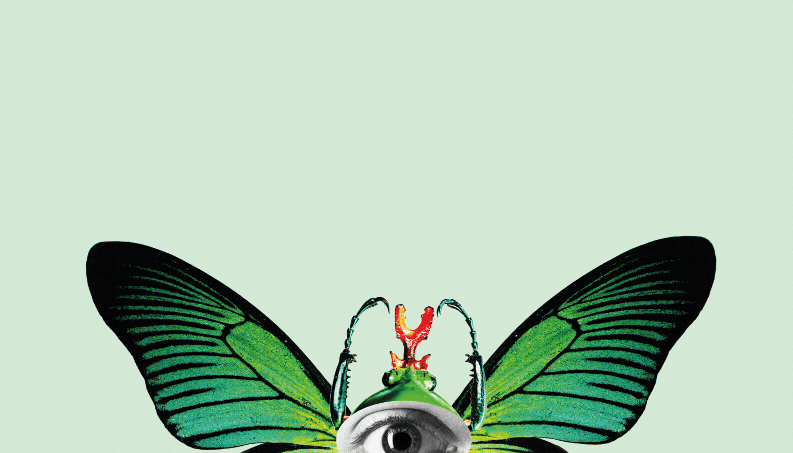

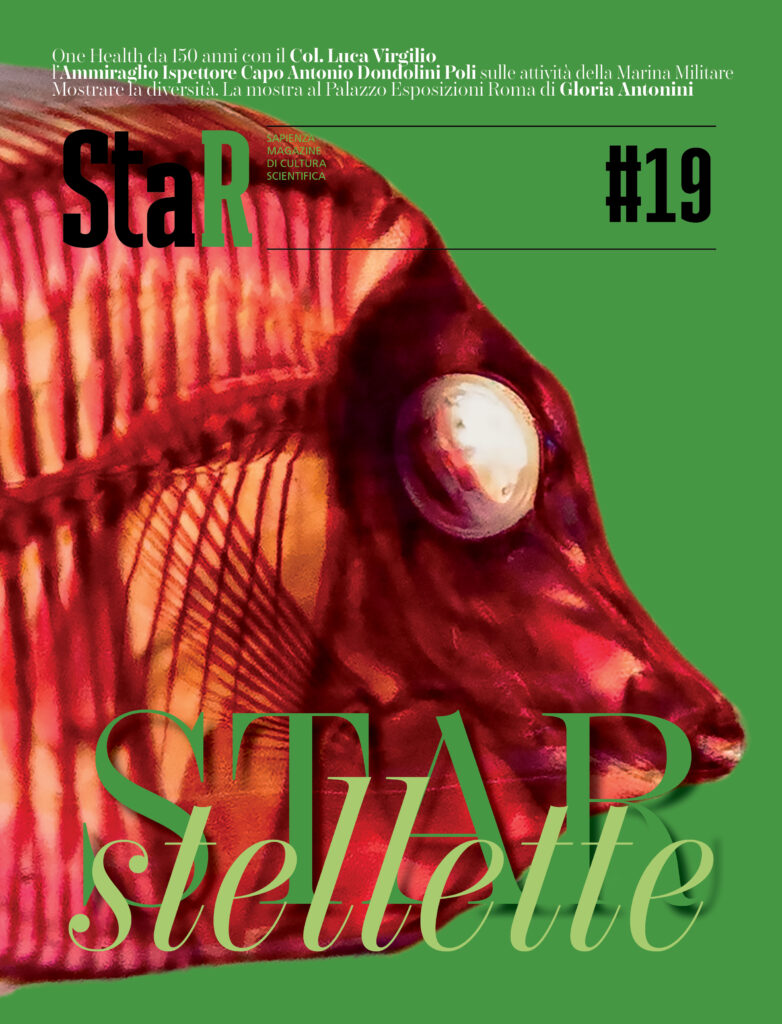





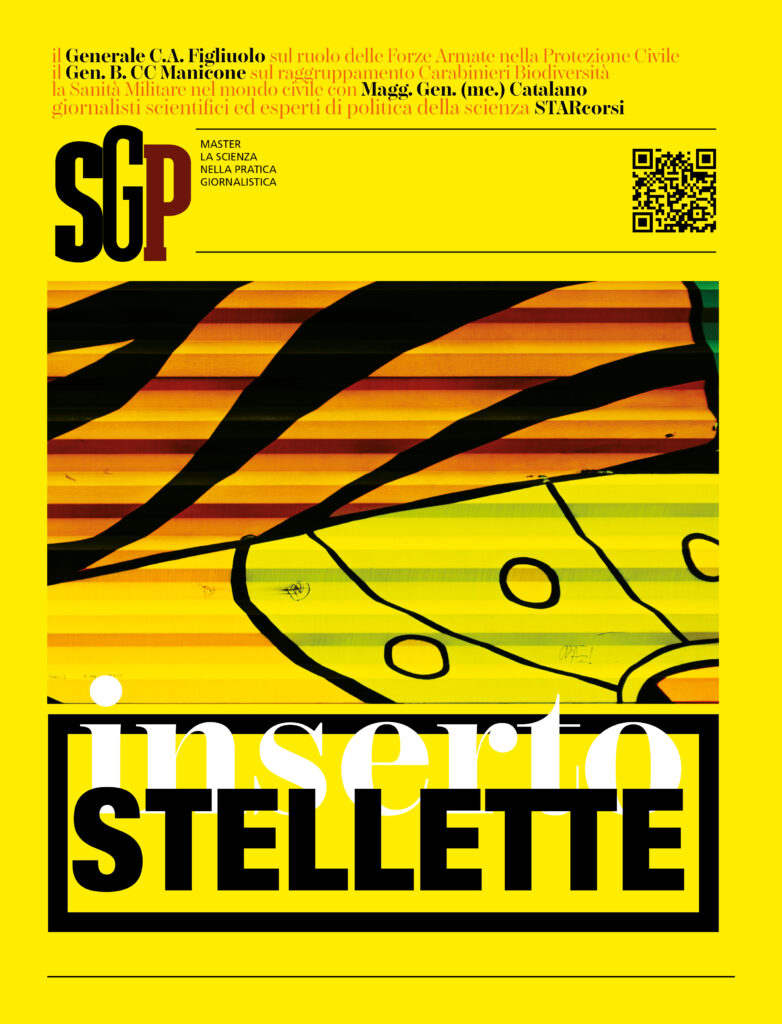

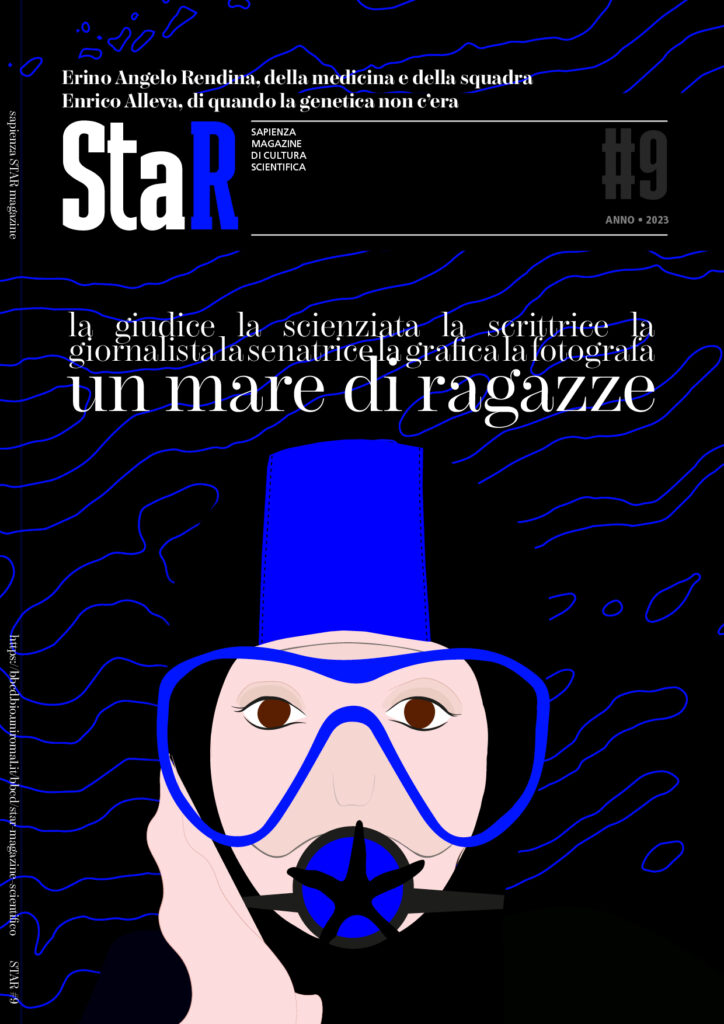
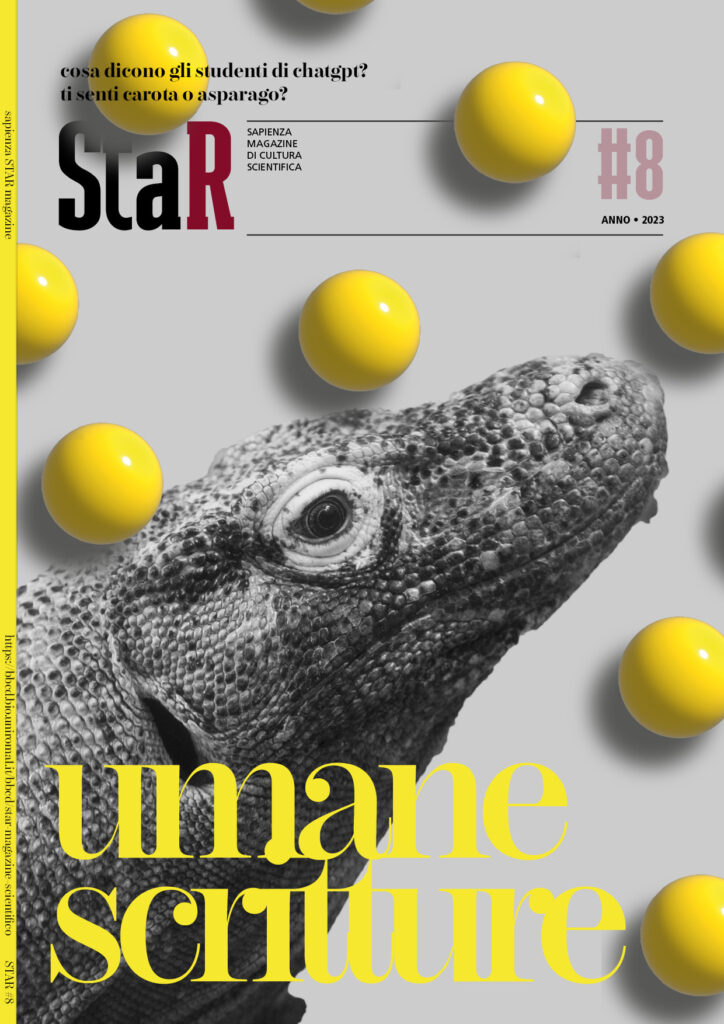
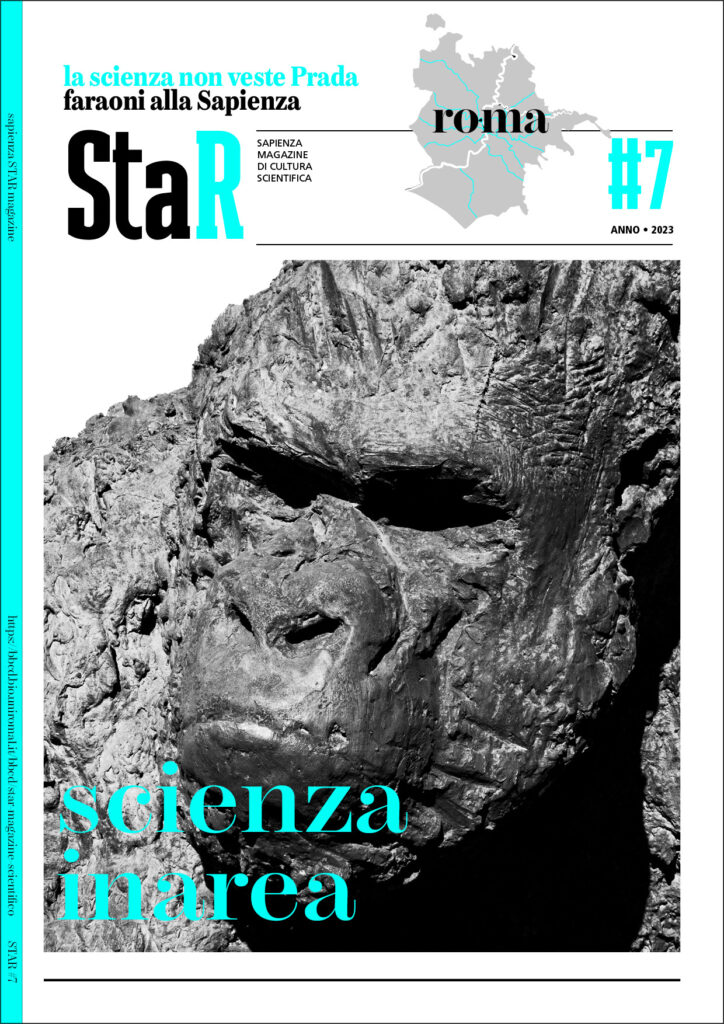

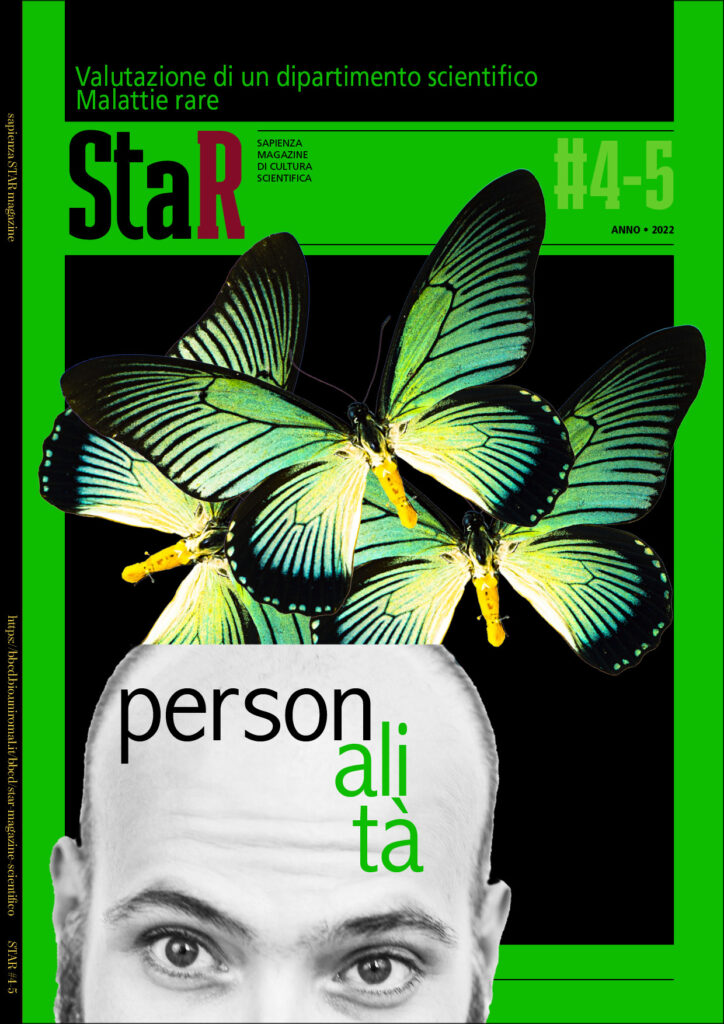

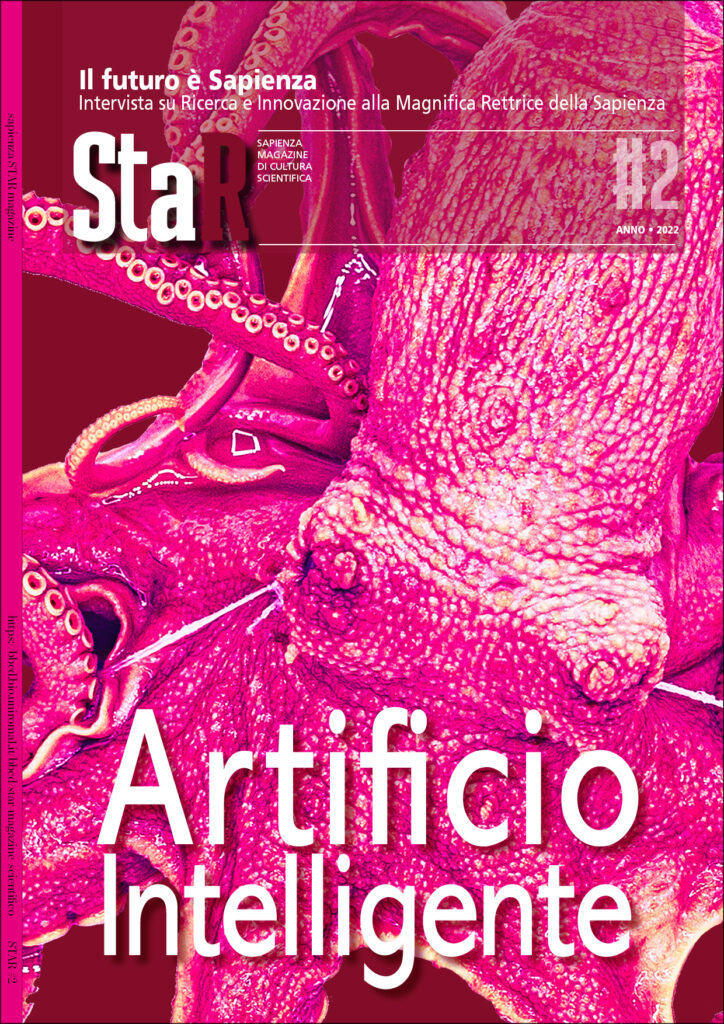

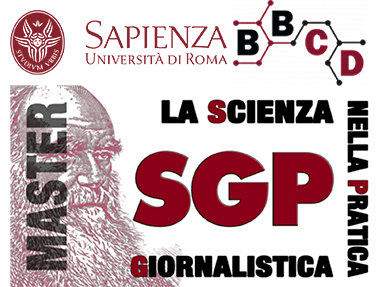
Commenti recenti